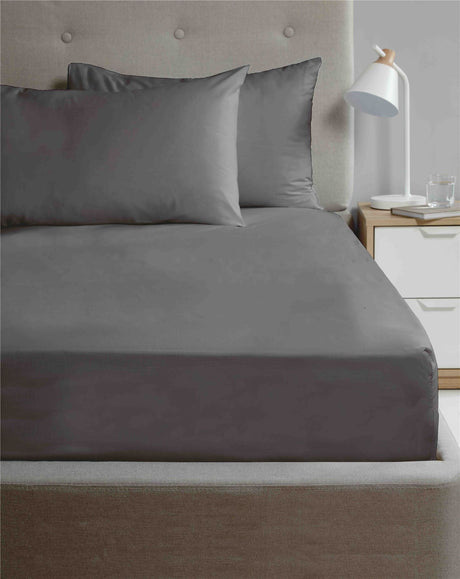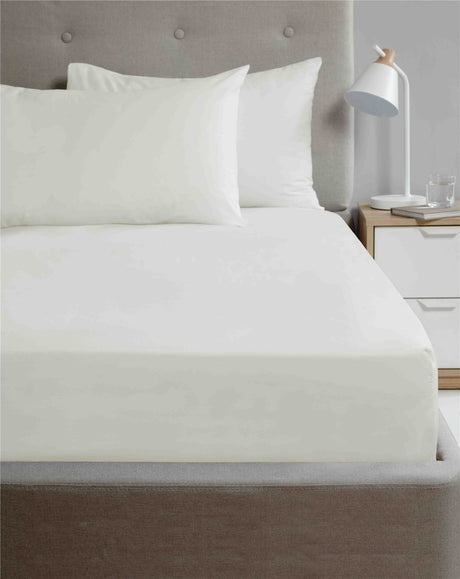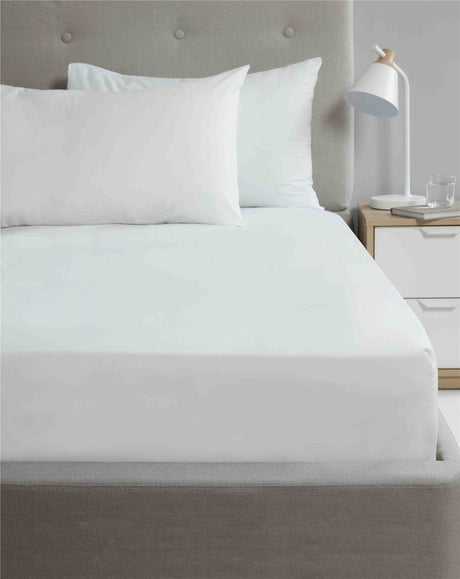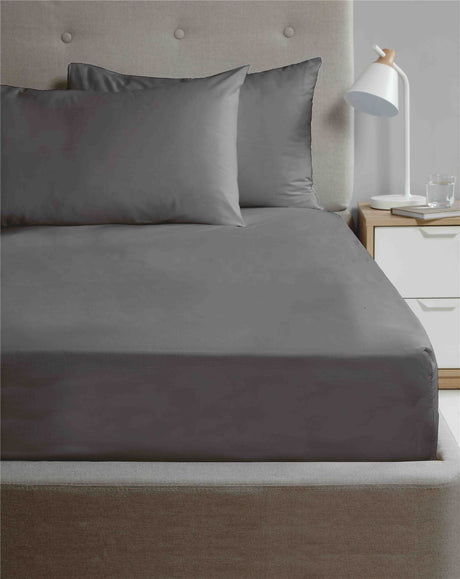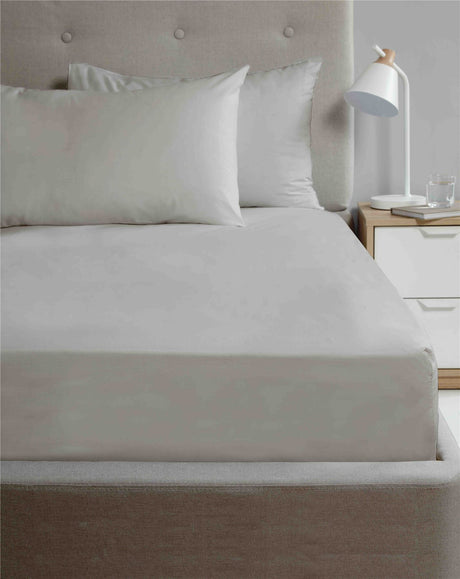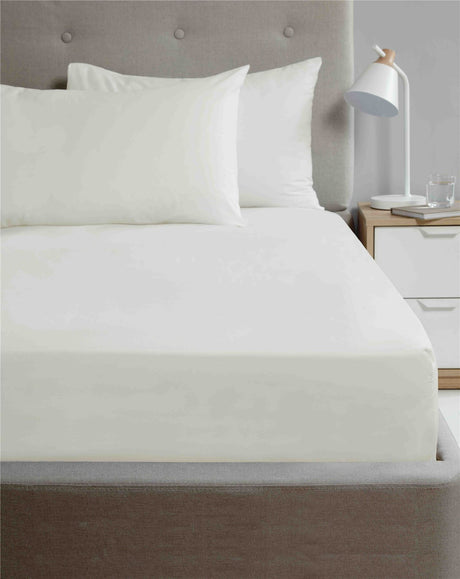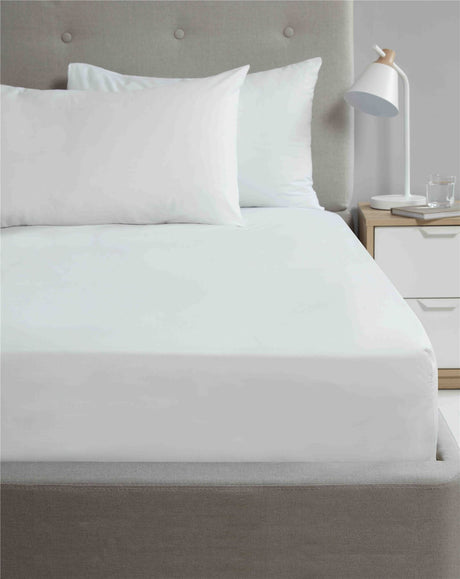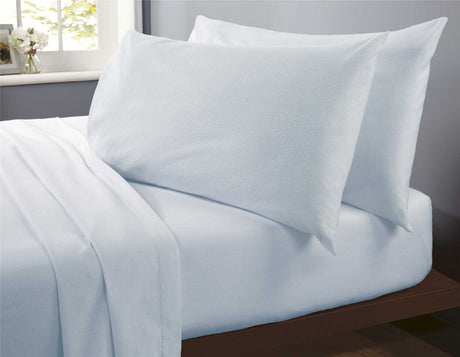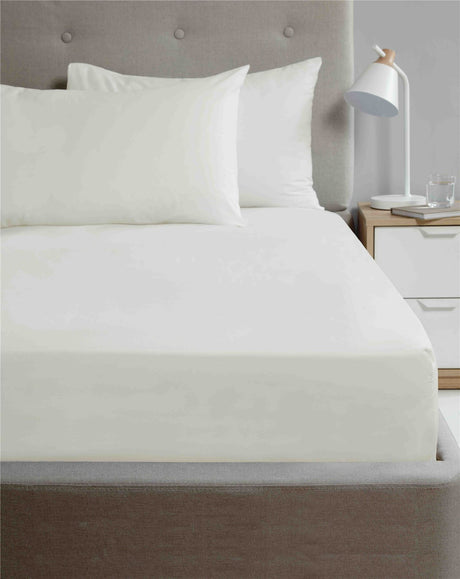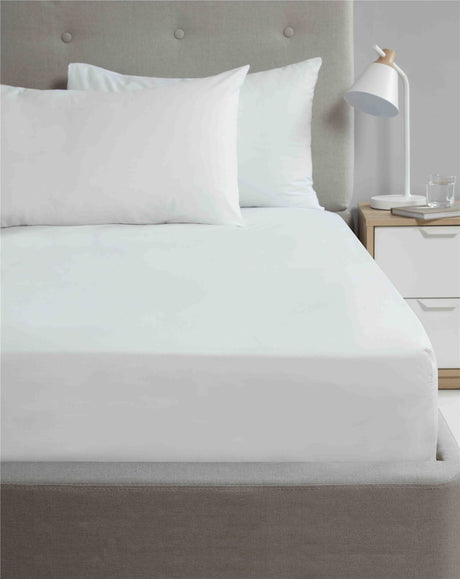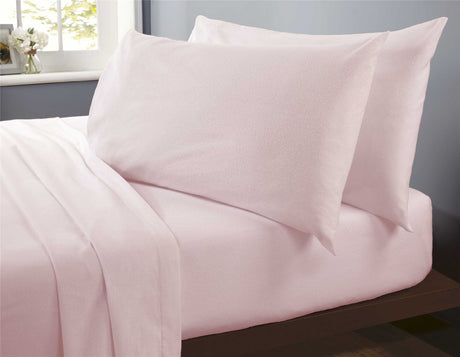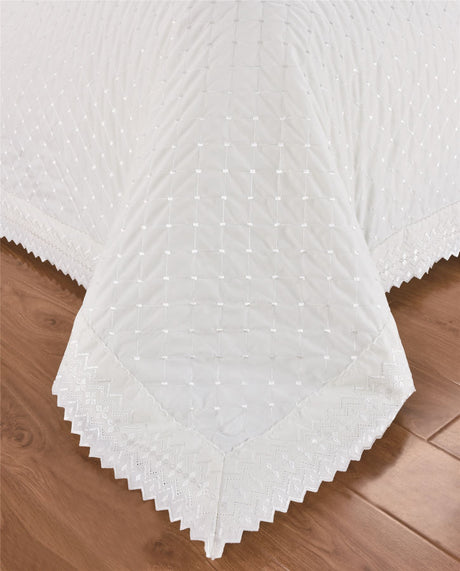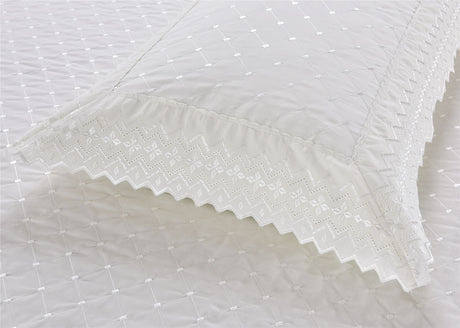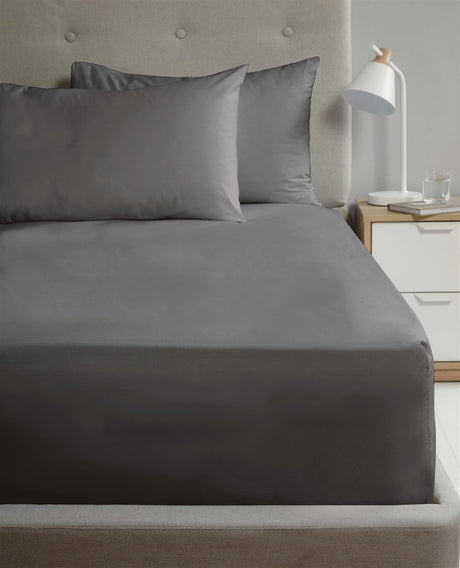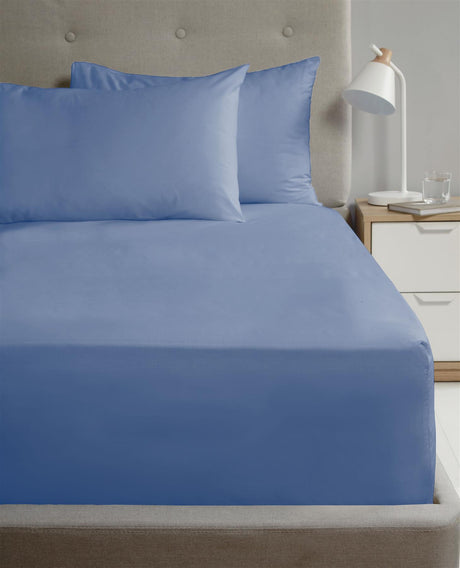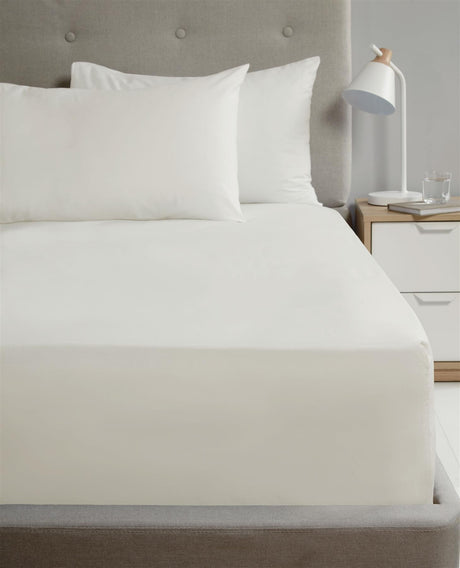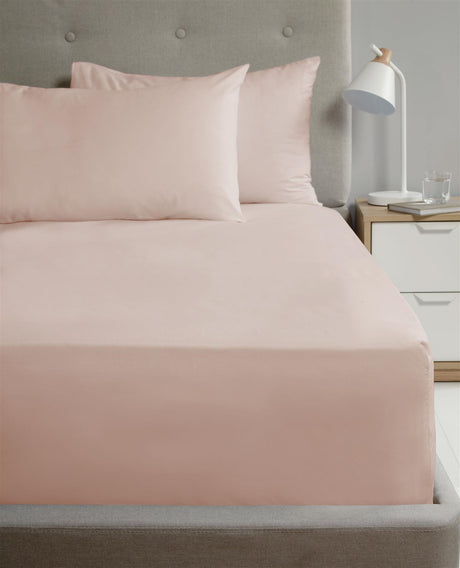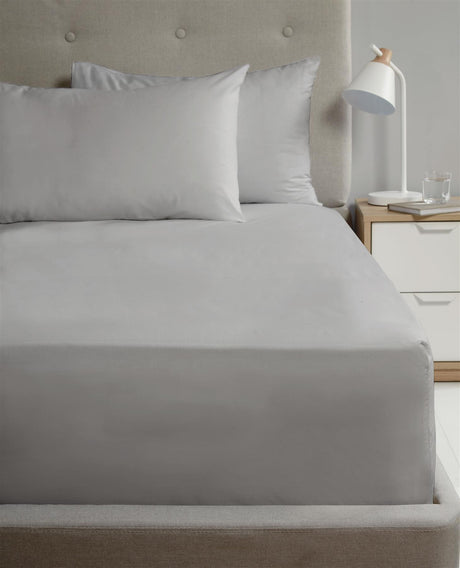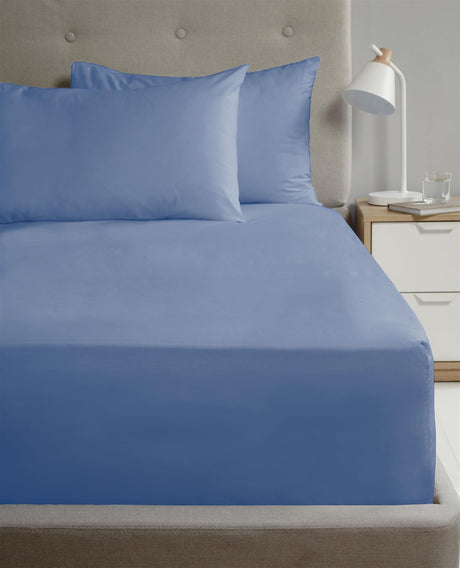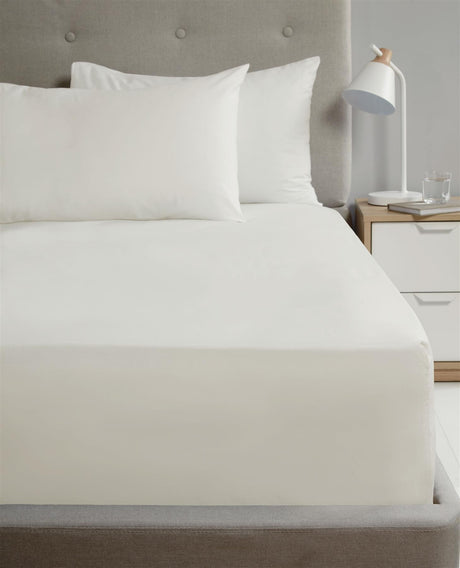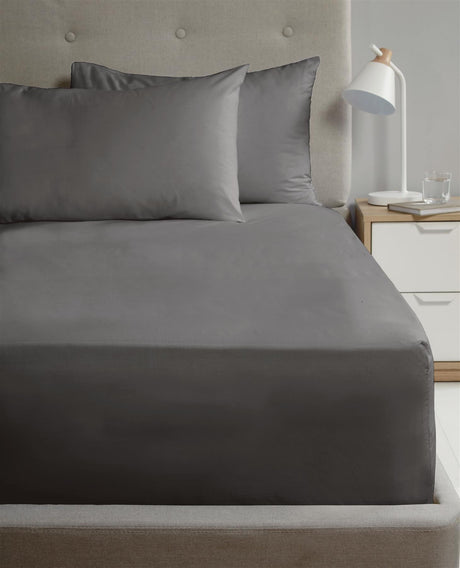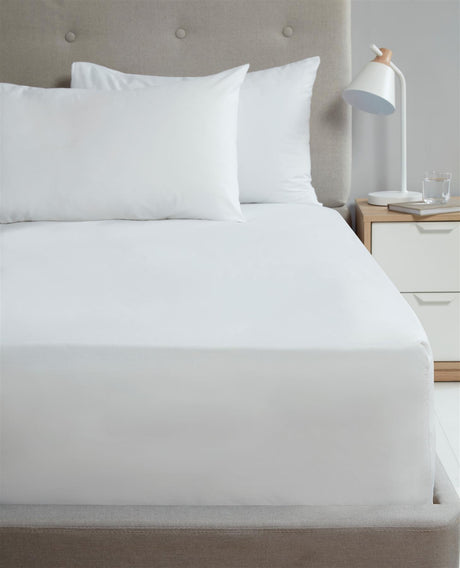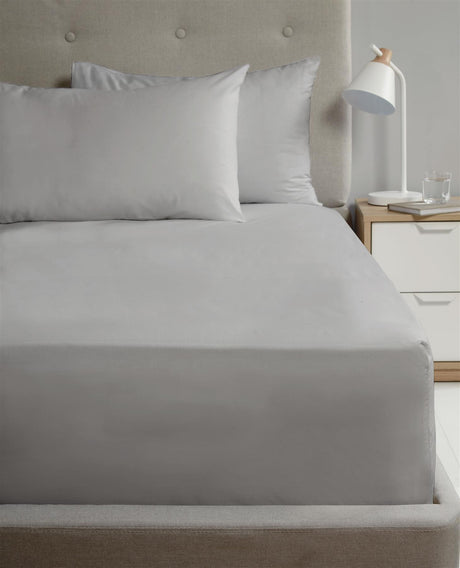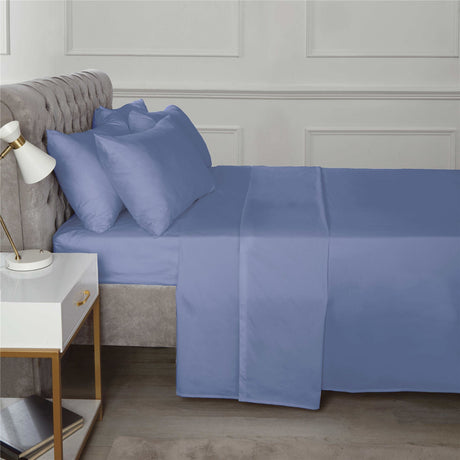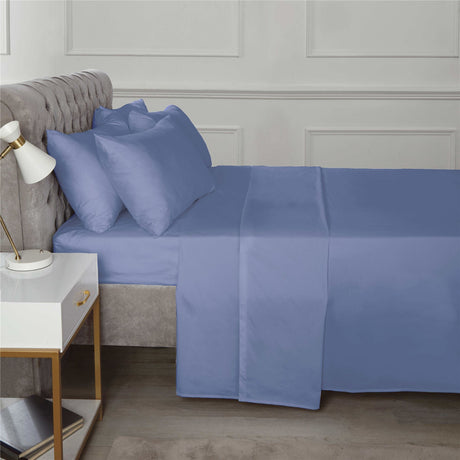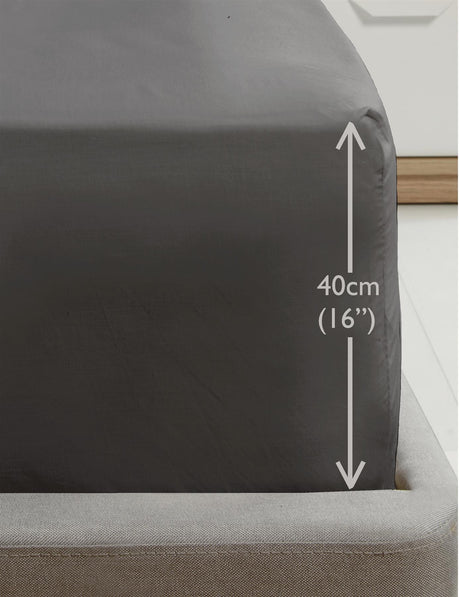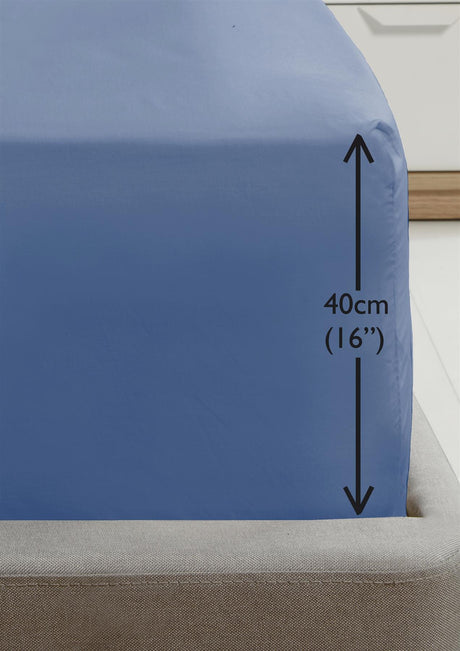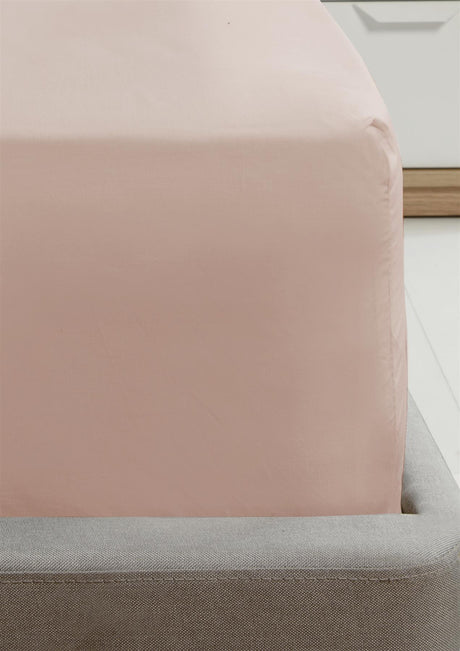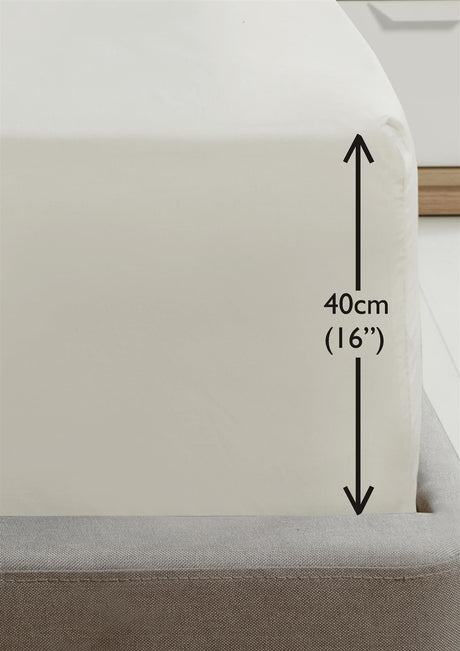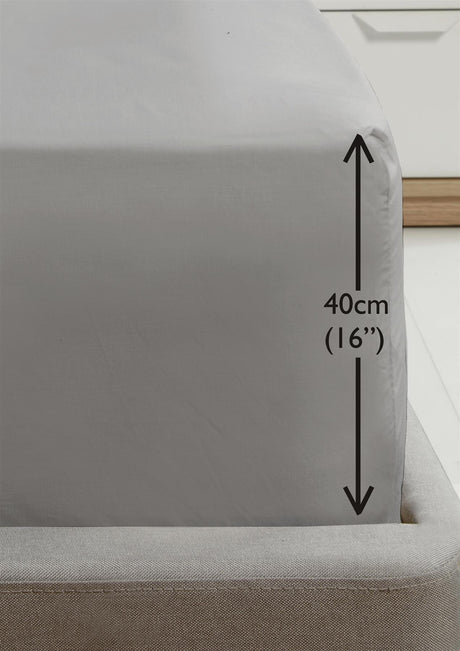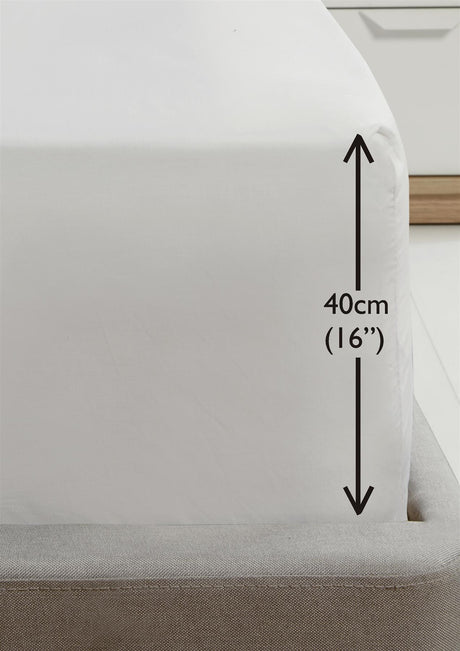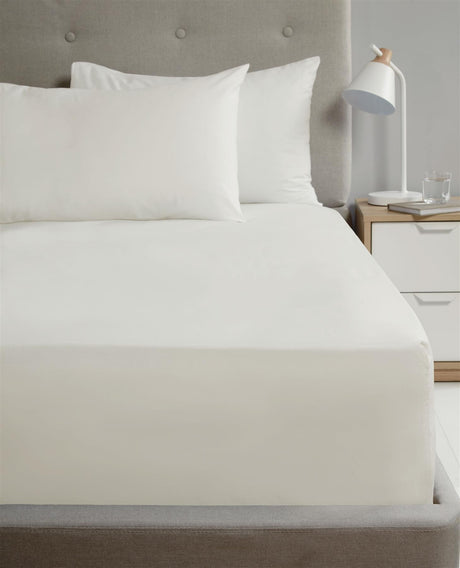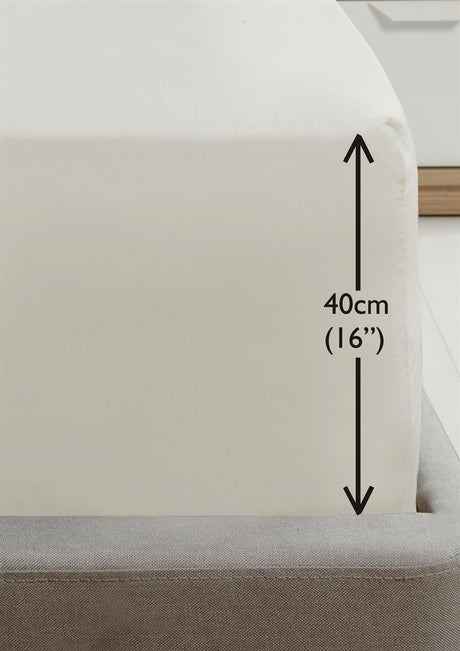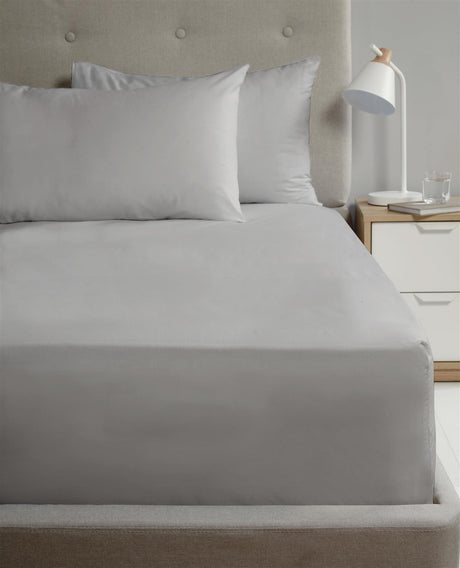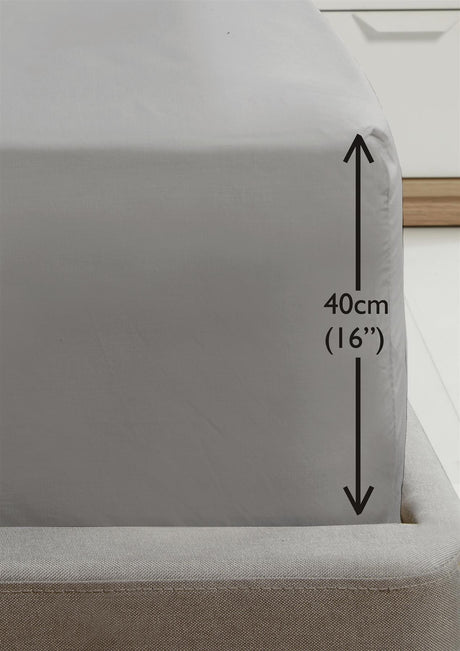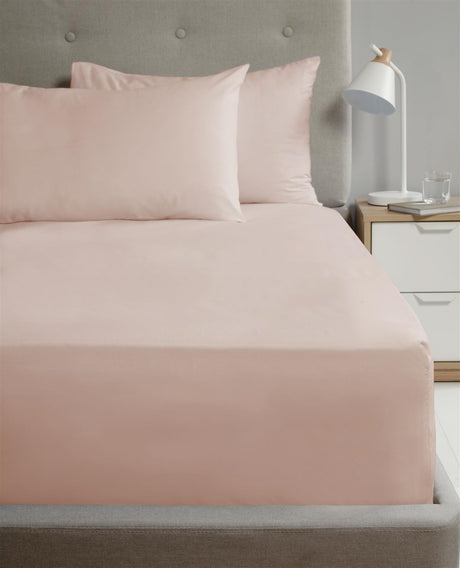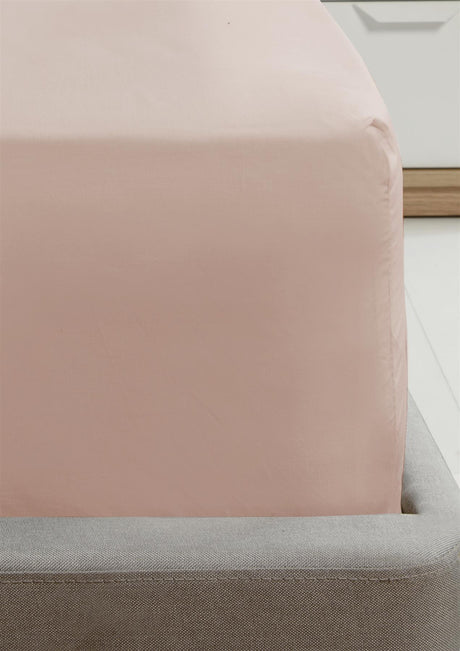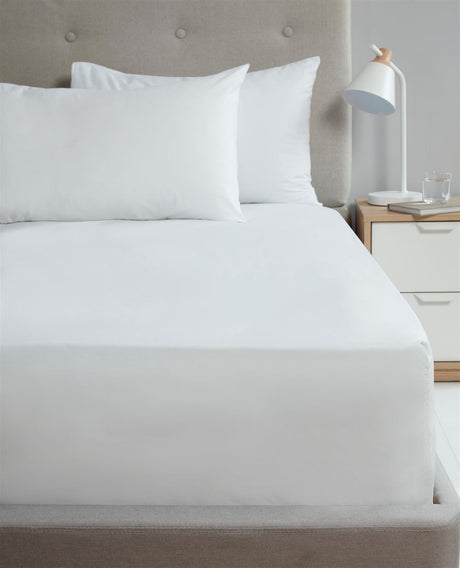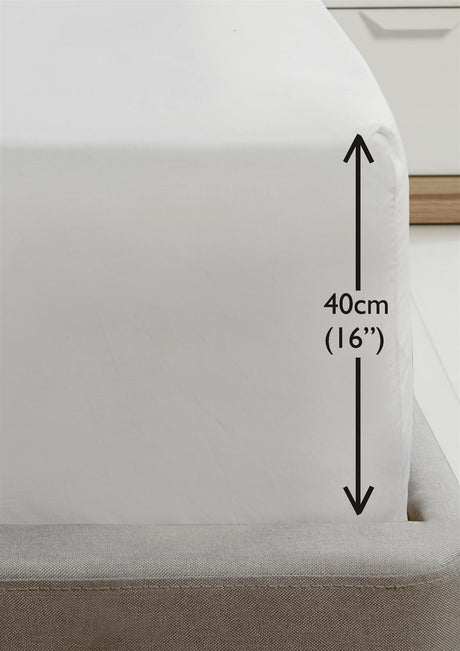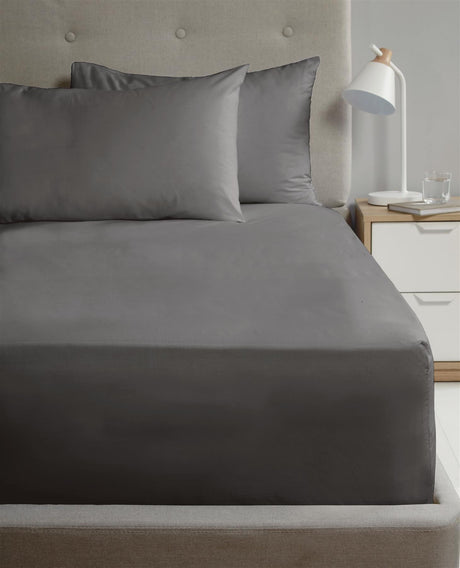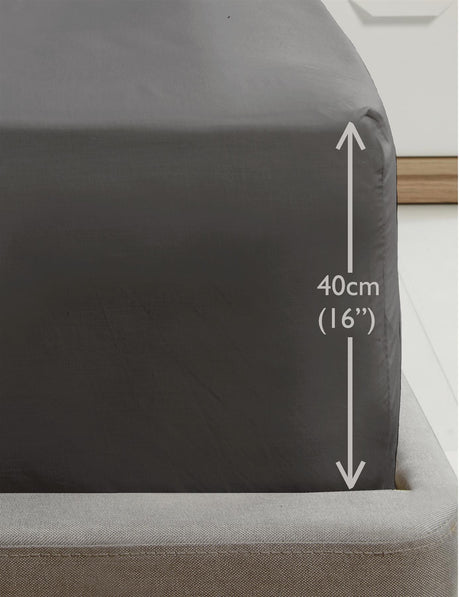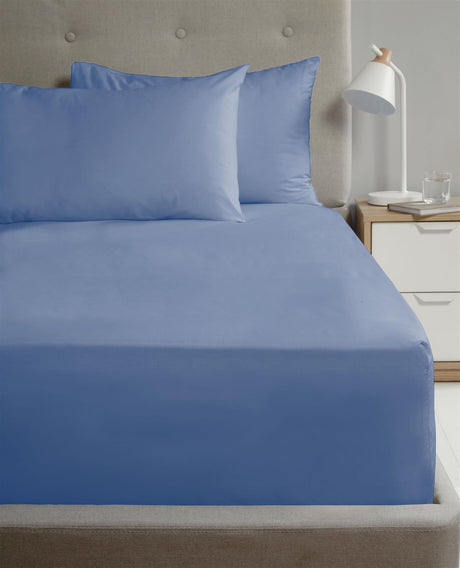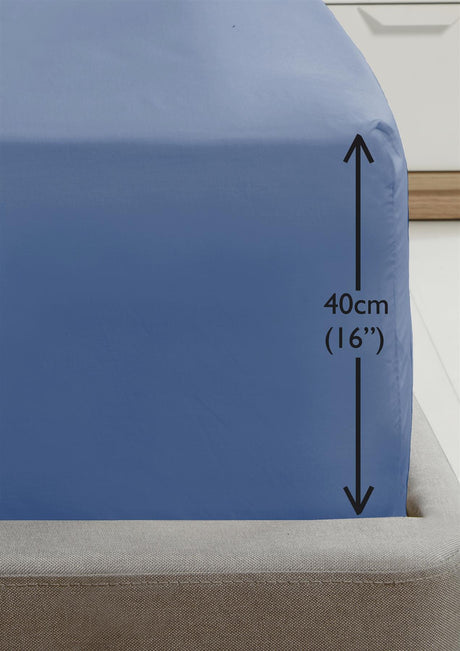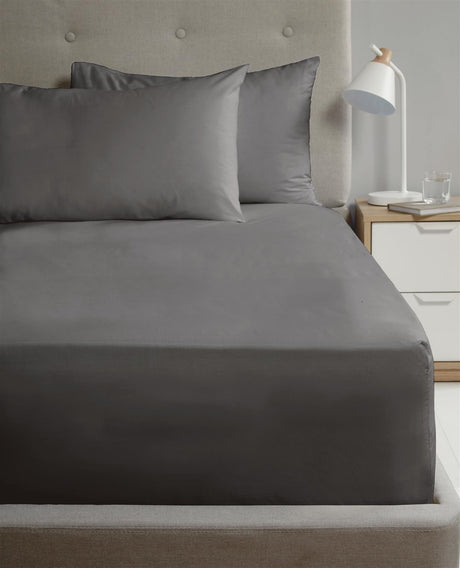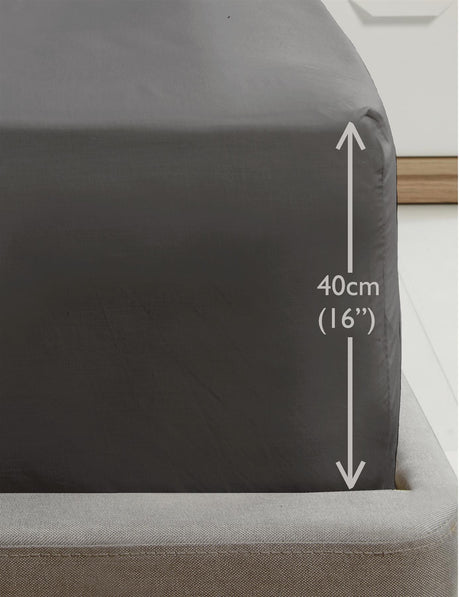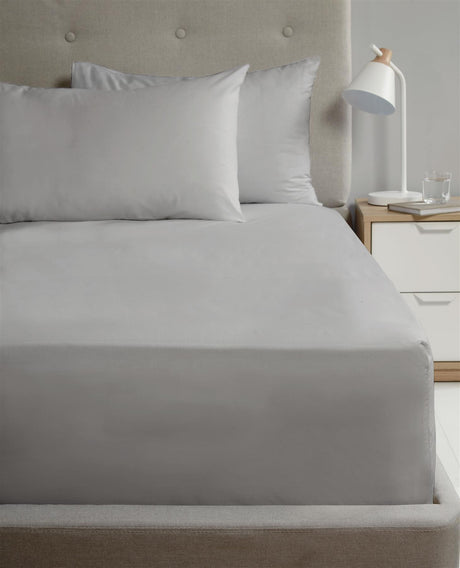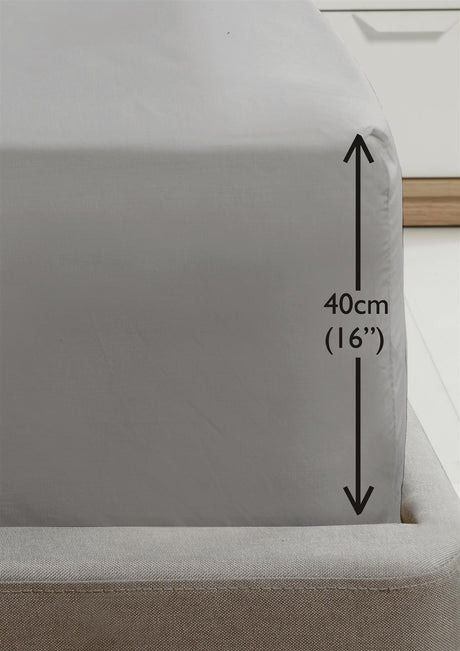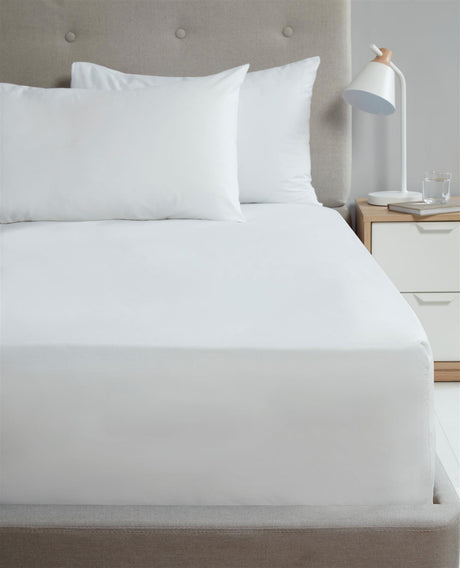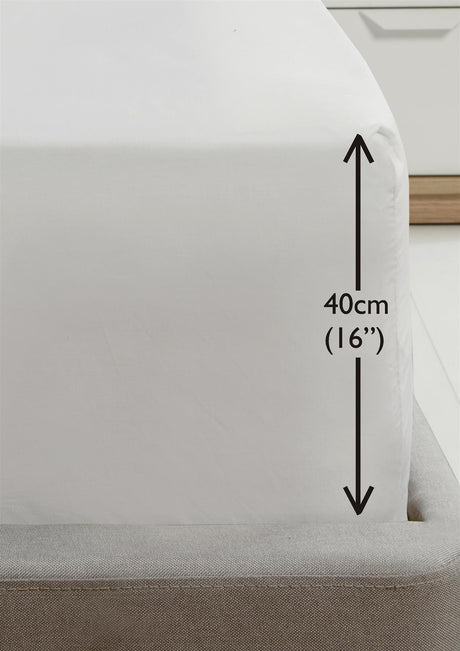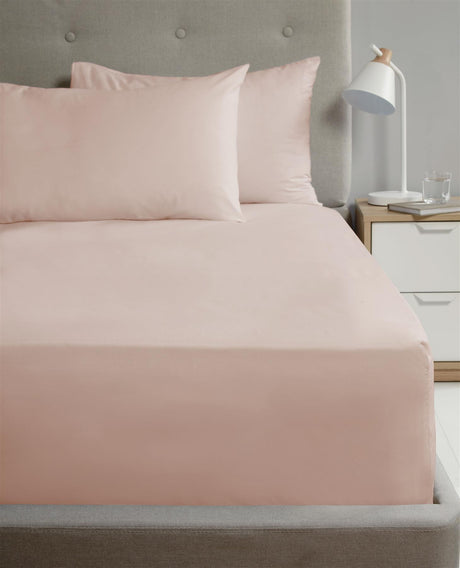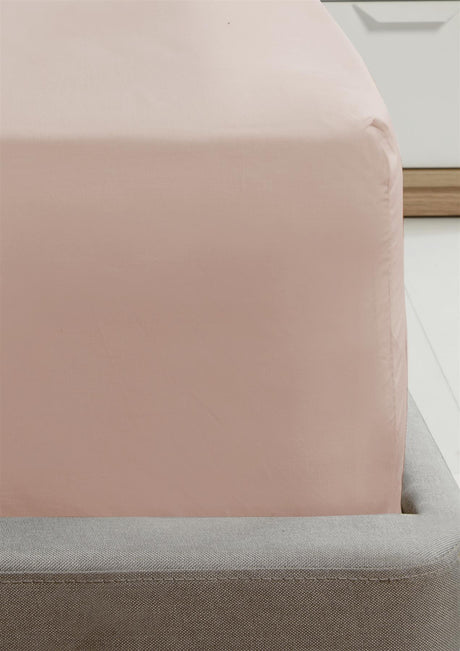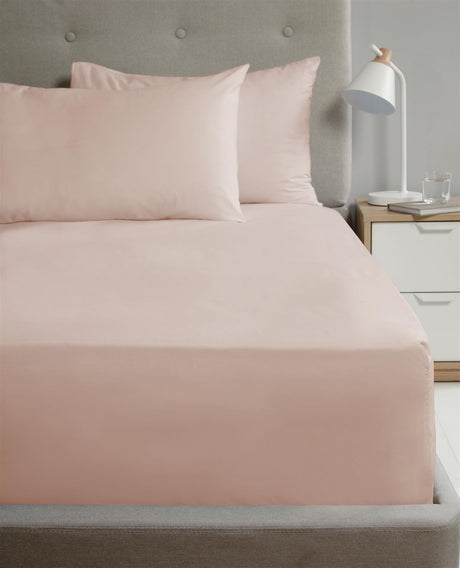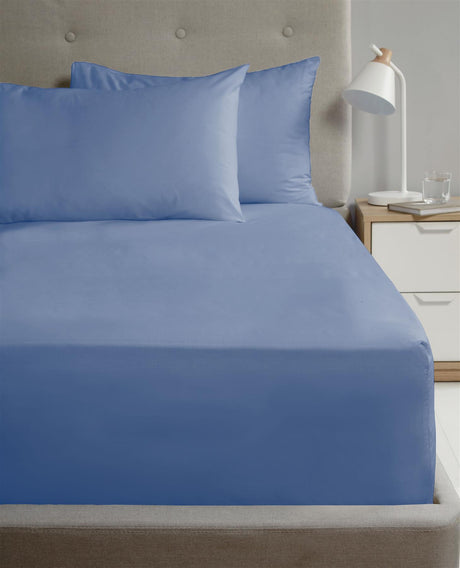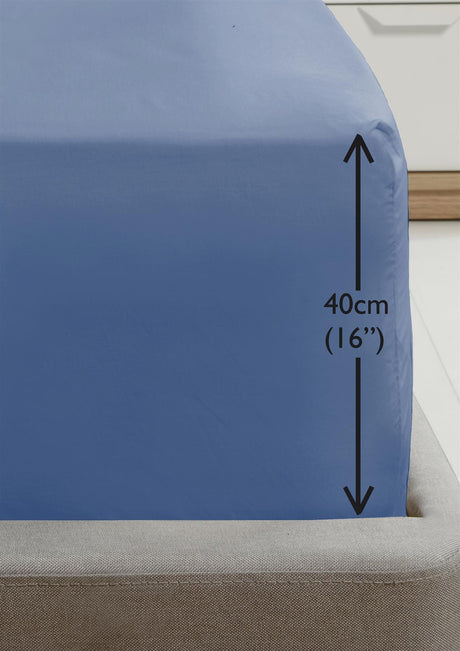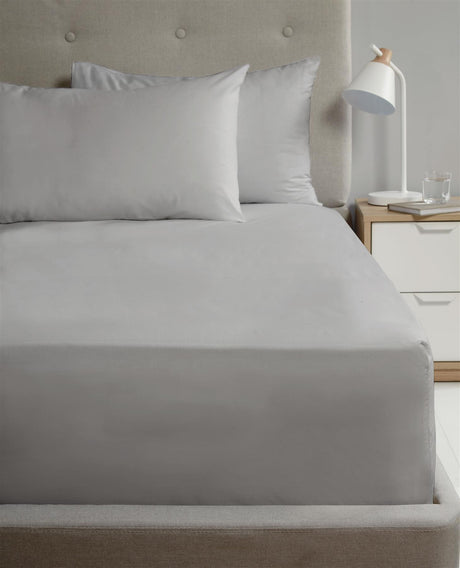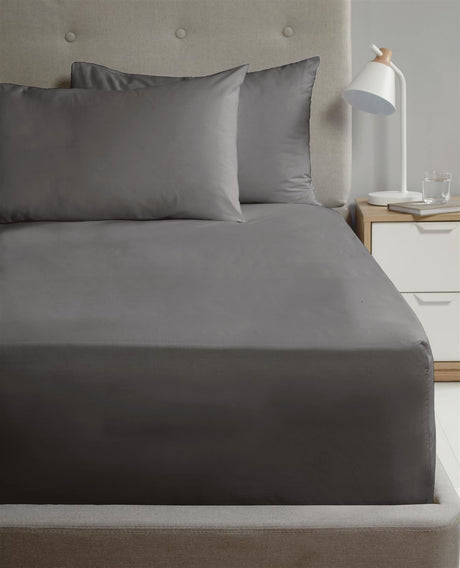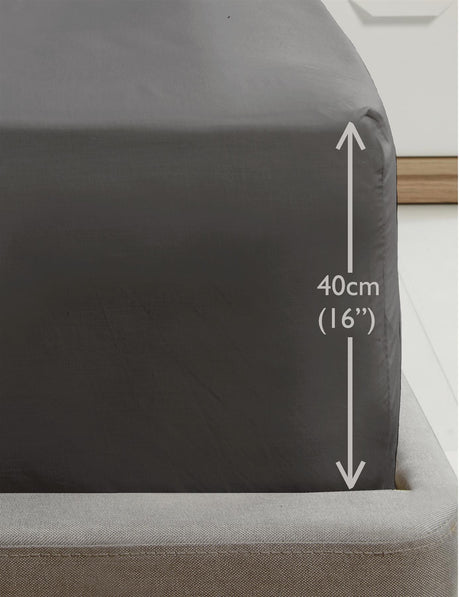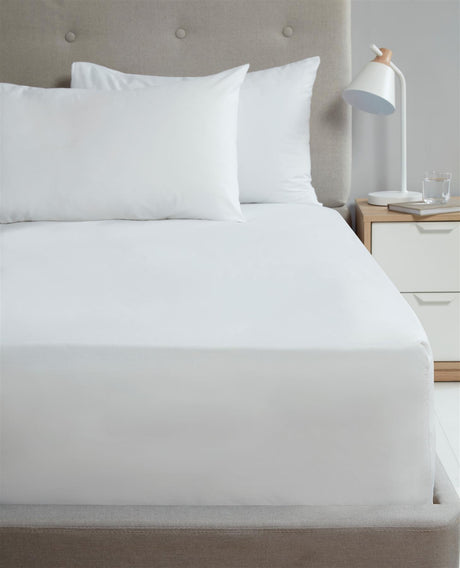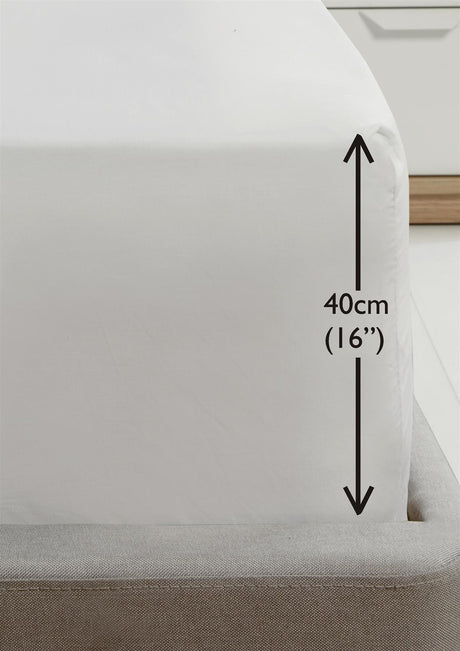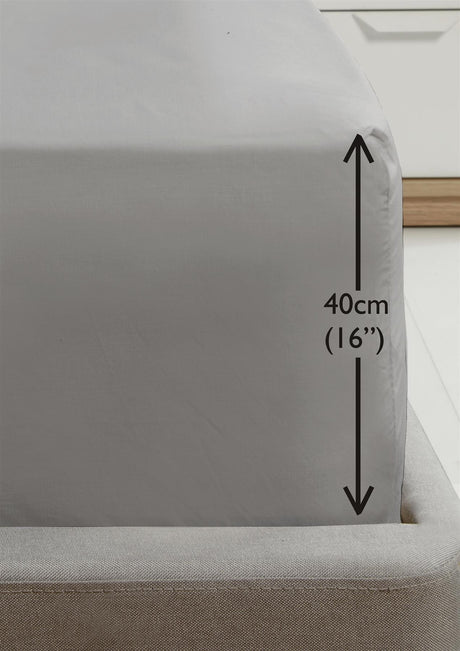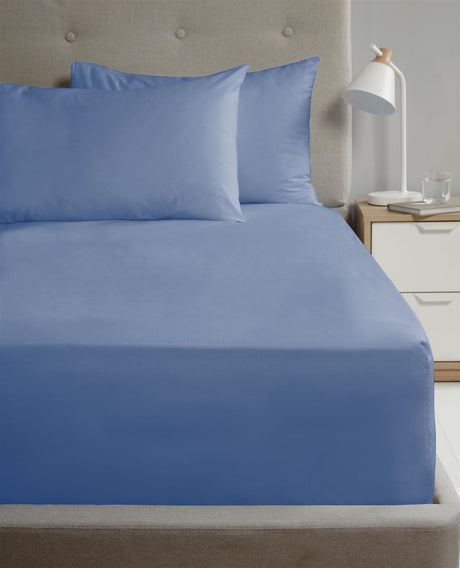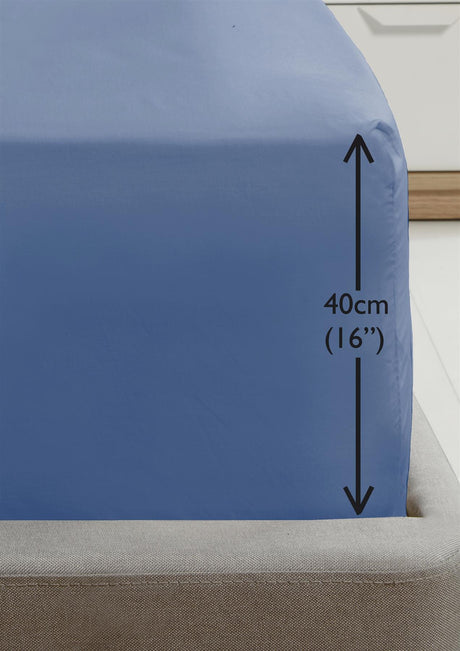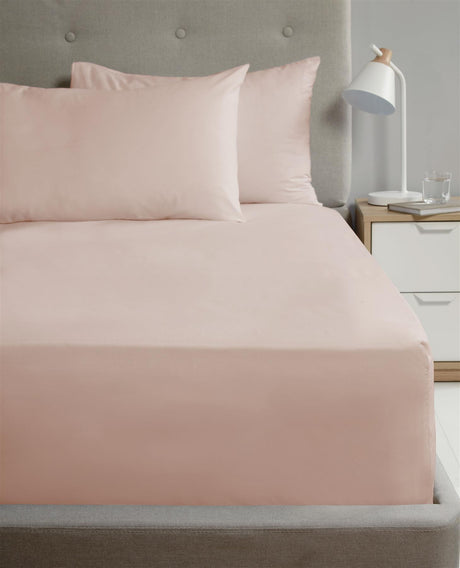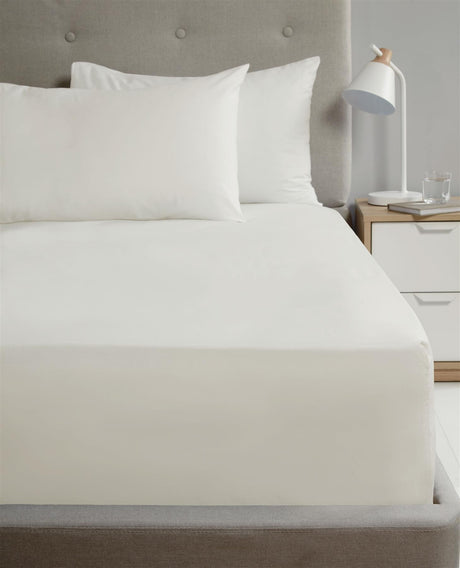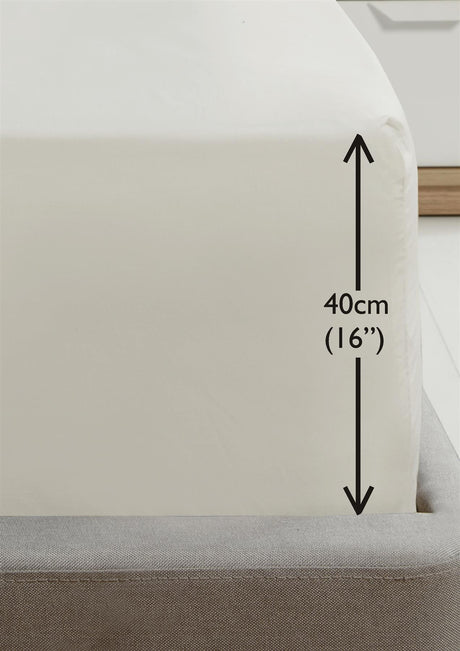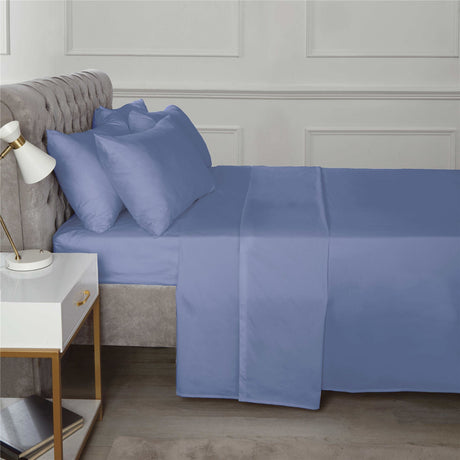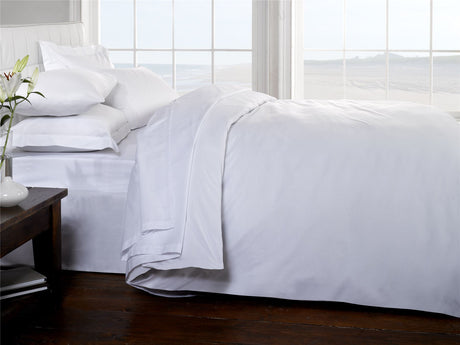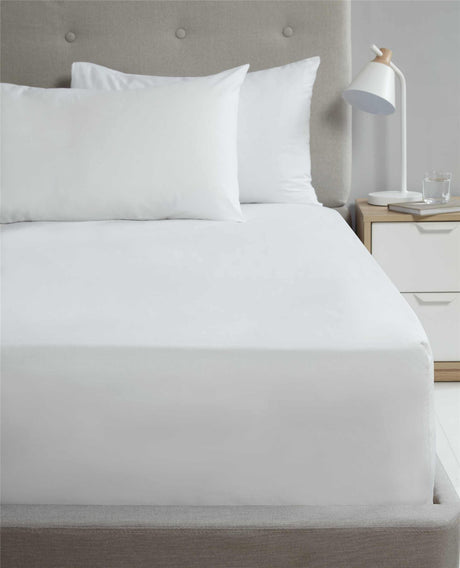The importance of changing your bed sheets
Maintaining a clean and comfortable sleeping environment is essential for health and well-being. One crucial aspect of this is the regular changing of bed sheets, a task that might often be overlooked in the hustle and bustle of daily life. But how often should this be done to ensure both hygiene and comfort?
In this article, we’ll explore expert recommendations on how frequently you should be changing your bed sheets. We’ll also provide practical tips to help even the busiest of families keep their bedding fresh and inviting. By understanding the importance of this simple routine, you can enhance your sleep quality and create a more pleasant bedroom atmosphere.
Ideal frequency for changing bed sheets
Recommended frequency by experts
Experts generally recommend changing your bed sheets once a week, though the ideal frequency can vary based on individual lifestyle and personal preferences. This recommendation is grounded in the understanding that bed sheets can accumulate sweat, dead skin cells, and other debris over time, creating an environment conducive to dust mites and other allergens. For individuals who tend to sweat during the night or have allergies, more frequent changes, such as every three to four days, might be beneficial.
It is also important to consider other factors that might necessitate more frequent changes. For instance, if you allow pets to sleep in your bed, if you eat in bed, or if you have been ill, you may need to wash your sheets more often to maintain a clean and healthy sleeping environment. Conversely, if you use a top sheet consistently and shower before bed, you might find that changing sheets every other week is sufficient. Ultimately, the key is to balance convenience with cleanliness, ensuring that your bed remains a comfortable and hygienic space.
While weekly changes are a standard guideline, it is essential to listen to your body and observe your sleeping habits. Factors such as climate, personal hygiene habits, and skin sensitivities can all influence the optimal sheet-changing schedule. By paying attention to these variables, you can customize a routine that best supports your health and well-being while ensuring your bedroom remains a sanctuary of comfort.

Factors affecting frequency
Numerous factors can influence how often you should change your bed sheets. One of the primary considerations is your personal hygiene habits and lifestyle. Individuals who shower before bed or maintain a clean environment may find that their sheets remain fresh for a longer period. Conversely, those who sweat excessively during sleep or share their bed with pets might need to change their bed sheets more frequently to maintain cleanliness and comfort.
The local climate and seasonality can also play a significant role in determining the ideal frequency for changing bed sheets. In warmer, more humid environments, sweat and moisture can accumulate more rapidly, necessitating more frequent changes. During cooler months, when perspiration tends to be less of an issue, you might be able to stretch the time between changes. Additionally, those living in areas with high levels of dust or pollen might need to consider more frequent changes, particularly if they suffer from allergies.
Health considerations are another vital factor. People with skin conditions, such as eczema, or respiratory issues, like asthma, might find relief in changing their bed sheets more frequently to reduce exposure to irritants. Moreover, if you have been ill, it is advisable to change your sheets more often to eliminate bacteria and facilitate a healthy recovery environment. Overall, the frequency of changing bed sheets varies based on a combination of personal habits, environmental conditions, and individual health needs.
Hygiene benefits of frequent changes
Impact on allergies and skin
Changing bed sheets regularly can have a significant impact on reducing allergies and improving skin health. Dust mites, pet dander, and pollen can accumulate on bedding, exacerbating allergy symptoms. These microscopic allergens can provoke allergic reactions such as sneezing, runny nose, and itchy eyes, especially in individuals with asthma or sensitivity to allergies. By frequently changing and washing your bed sheets in hot water, you can effectively remove these allergens, creating a cleaner sleeping environment and reducing the likelihood of nightly allergy flare-ups.
In addition to allergies, frequent sheet changes can contribute positively to skin health. Natural body oils, sweat, and dead skin cells are left behind on sheets, creating a breeding ground for bacteria and fungi. This can lead to skin irritation and exacerbate conditions such as acne, especially for those with sensitive skin. Clean bed sheets minimize exposure to these irritants, promoting clearer and healthier skin. By maintaining a regular schedule for changing sheets, individuals can ensure that their skin comes into contact with a fresh, clean surface each night, reducing the risk of clogged pores and skin irritation.
Moreover, the interplay between clean sheets and skin health extends to the prevention of skin infections. Bacteria thriving on unwashed bedding can potentially transfer to the skin, leading to infections such as folliculitis—a condition where hair follicles become inflamed. Consistently changing your bed sheets disrupts this cycle, significantly lowering the chance of bacterial skin infections. Thus, prioritizing regular bedding changes can play a crucial role in maintaining not only a hygienic sleeping environment but also healthier skin and improved overall well-being.
Reducing bacteria and germs
Frequent changes of bed sheets are crucial for maintaining hygiene and minimizing the accumulation of bacteria and germs. Our bodies naturally shed skin cells, sweat, and oils during sleep, creating an ideal environment for microorganisms to thrive. Over time, these impurities can build up on bed linens, leading to a potential increase in dust mites, bacteria, and other allergens. By regularly replacing and washing bed sheets, you effectively remove these unwanted elements, reducing the risk of skin irritations, allergies, and infections.
In addition to bodily residues, external contaminants such as pollen, pet dander, and other pollutants can also settle on bed sheets. These particles can exacerbate allergies and respiratory issues, particularly for those with sensitive immune systems. Regularly changing sheets and laundering them in hot water helps to eliminate these allergens, promoting a cleaner and healthier sleeping environment. Maintaining a clean bed not only contributes to better personal hygiene but also enhances overall sleep quality by providing a fresh and inviting space to rest.
Incorporating frequent bed sheet changes into your routine can significantly contribute to a more hygienic living environment. This practice is particularly important during times of illness or seasonal allergies when the body is more vulnerable to infections. By prioritizing the cleanliness of your bedding, you can help safeguard your health and well-being while creating a more pleasant atmosphere for relaxation and sleep.
Practical tips for busy families
Streamlining laundry routines
For busy families, streamlining laundry routines can be a game-changer, making it easier to manage household chores amidst packed schedules. One practical tip is to designate specific days for different types of laundry. For instance, assign a particular day of the week for washing bed sheets and another for towels. This not only ensures that these essential items are cleaned regularly but also prevents the laundry basket from piling up to an overwhelming degree. Additionally, organizing laundry supplies and setting up a user-friendly laundry area can save time and reduce stress. Keep detergents, fabric softeners, and stain removers within easy reach to make the process more efficient.
Another effective strategy for streamlining laundry is to involve all family members in the process. Assign age-appropriate tasks to children, such as sorting colors or folding clothes, to teach responsibility and lighten the load. Creating a laundry schedule that everyone in the household follows can distribute the workload evenly and prevent last-minute laundry emergencies. Using labeled baskets for each family member can simplify sorting and put-away tasks, ensuring that clean laundry is returned to the appropriate rooms without hassle.
Maximize efficiency by investing in sorting hampers that separate whites, darks, and delicates from the start. This simple yet effective method eliminates the need for time-consuming sorting on laundry day. Furthermore, consider using laundry pods or pre-measured detergent packs to save time measuring and prevent spills. For busy families, leveraging these practical tips can transform the laundry routine into a manageable and stress-free task, helping to keep the household running smoothly.

Choosing the right bedding materials
Busy families often face the challenge of balancing numerous responsibilities while maintaining a clean and comfortable home environment. Choosing the right bedding materials can make a significant difference, not only in ensuring a good night’s sleep but also in simplifying the process of maintaining cleanliness and hygiene. To start, consider materials that are known for their durability and ease of care. Cotton is a popular choice due to its breathability, softness, and ability to withstand frequent washings. Opting for cotton blends or microfiber can also offer wrinkle resistance and quick-drying properties, making them ideal for busy households.
Another practical consideration is the ease of changing and laundering bed sheets. Fitted sheets with deep pockets can accommodate a variety of mattress sizes and are easier to put on, saving time during regular sheet changes. Additionally, selecting bedding materials that resist stains and odors can reduce the frequency of washing, which is particularly beneficial for families with young children or pets. Consider fabrics with antimicrobial treatments that can help keep the bedding fresh for longer periods, thereby extending the time between washes while maintaining a hygienic sleep environment.
Finally, involve family members in the selection process to ensure that everyone is comfortable with the chosen materials. Some family members might have specific allergies or preferences for certain textures. Allowing everyone to have input can lead to better satisfaction and cooperation when it comes to maintaining the bedding. By prioritizing durability, ease of care, and comfort, families can enjoy quality sleep without adding unnecessary stress to their busy routines.
Conclusion
In summary, the frequency at which you change your bed sheets plays a significant role in maintaining both hygiene and comfort in your bedroom. Following the expert advice of changing your sheets weekly can help reduce allergens and enhance your sleep quality. However, for busy families, finding a feasible routine that aligns with your lifestyle is essential. Whether it's every week or every other week, establishing a consistent schedule ensures your bedding remains fresh and inviting.
Understanding your personal needs and any specific conditions, such as allergies or sensitive skin, can further tailor your sheet-changing routine. Prioritizing cleanliness in the bedroom is a simple yet effective way to promote better health and comfort for you and your family. As you consider these guidelines, remember that creating a practical routine can make all the difference in achieving a serene and hygienic sleep environment.

